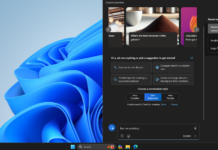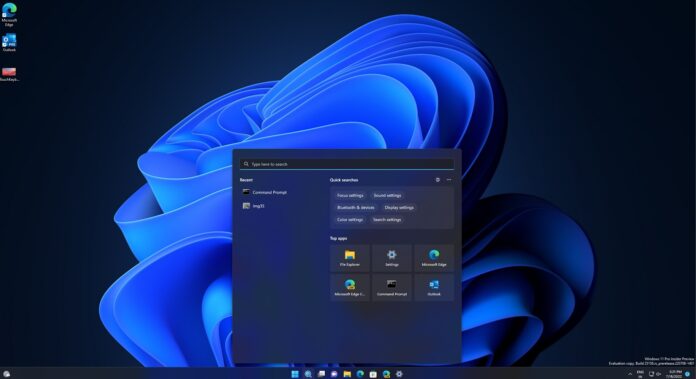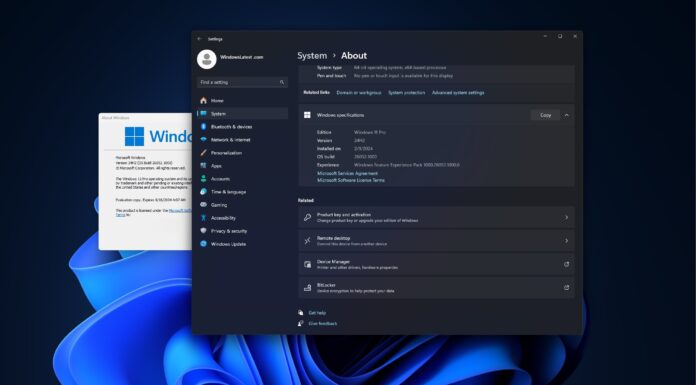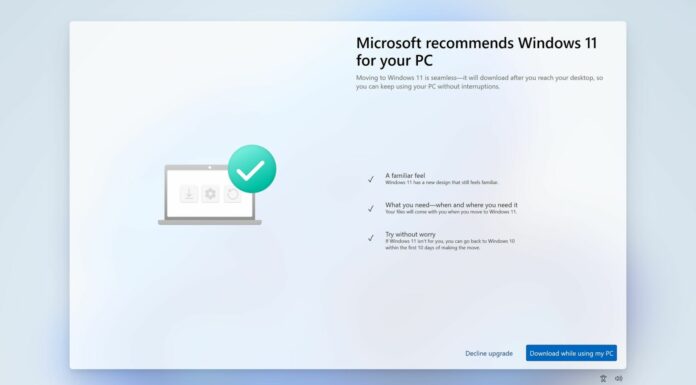Microsoft is working on new ARM chips with partners and its in-house “Microsoft Silicon team” to rival Apple’s M chips. I have also spotted some job listings that suggest the company is building its own Silicon-based ARM chips for client devices. Additionally, I understand that Microsoft is optimizing Windows 12 for Silicon-ARM architecture.
These developments coincide with the upcoming launch of Windows 12, which has a special version optimized for silicon and designed to leverage AI capabilities. The job listings (most of them have now been taken down) describe positions related to custom silicon accelerators, System on Chips (SoCs), and high-performance, high-bandwidth designs.
This suggests that Microsoft is building its own ARM-based chips, aiming to compete with Apple’s M chips lineup in terms of performance and efficiency.
The first job listing reveals that the “Microsoft Silicon team” is seeking a Principal System on Chip (SoC) Silicon Architect with experience in high-performance SOC architecture and CPU and GPU architecture and design.
“The candidate will be responsible for building complex, state-of-the-art SOCs using leading silicon technology nodes and will collaborate closely with internal customers and partners,” the job listing reads.
As per the documents seen by Windows Latest, the engineer would be tasked with “creating SOC programming models, comprehensive and clear SOC performance requirements, and working with customer hardware and software teams”.
According to another job listing on the tech giant’s website, the in-house ARM chips are part of the “Microsoft Silicon Team”.
These job listings strongly indicate that Microsoft is actively investing in the development of its own ARM chips, aiming to challenge Apple’s dominance in the market.
The company is looking for several engineers for its roles at its Silicon Team. Job titles include Principal System on Chip (SoC) Silicon Architect, Senior Physical Design Verification Engineer, Principal Design Engineer, and Sr Silicon Power Integrity CAD Mgr.
Combining these new chips with the upcoming Windows 12 operating system could significantly enhance the performance and efficiency of Microsoft’s devices.
Windows 12 would be optimized for AI and Silicon chips
Windows 12, currently under development for a late 2024 release, is expected to introduce a range of AI-powered features.
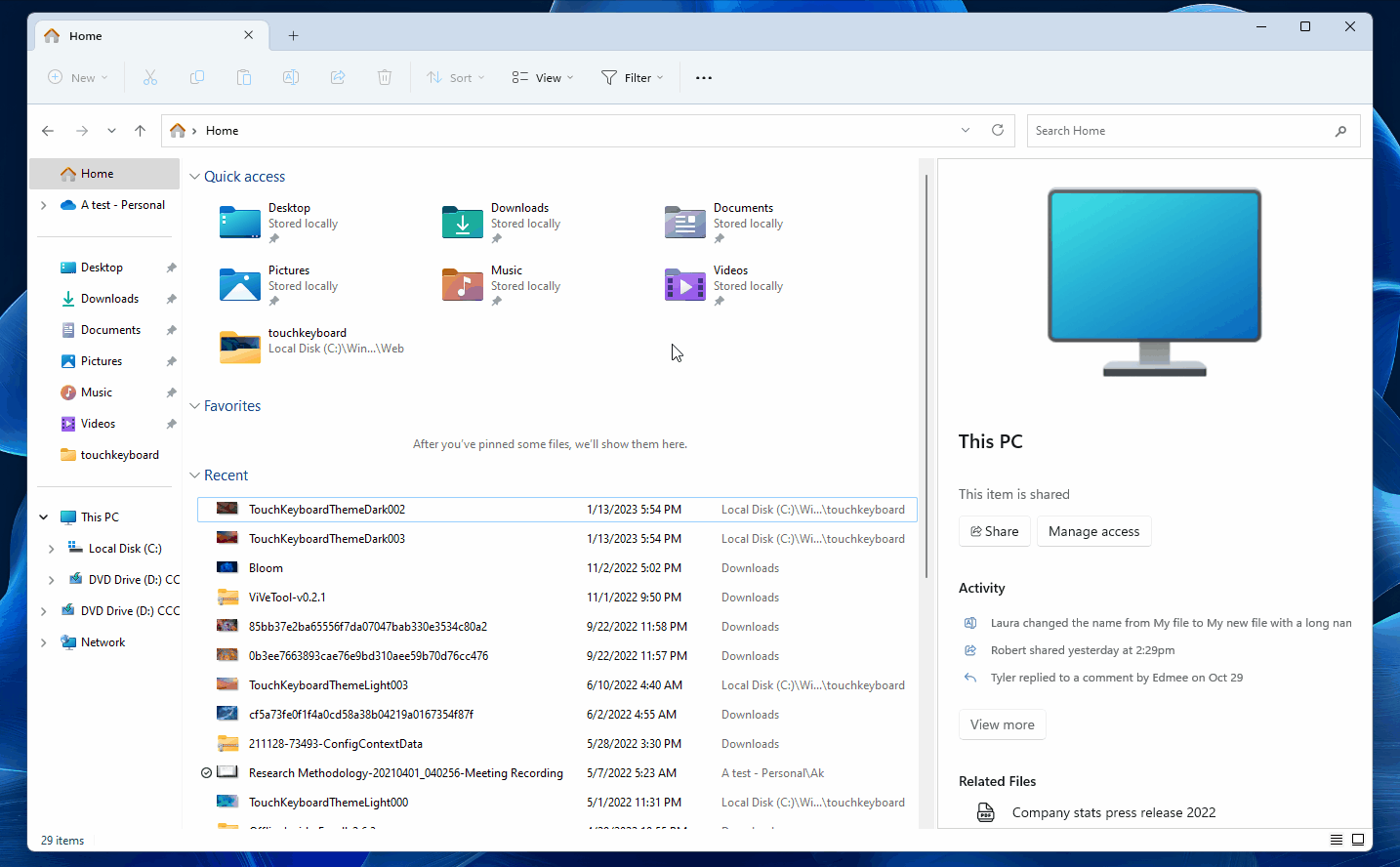
For example, we recently spotted an AI-driven ‘Smart Snap’ layout in the preview builds of Windows 11. While Windows 11 already comes with a Snap feature that lets you easily snap apps in a multiscreen environment. Choosing between different layouts and sizes is possible, but AI integration automatically groups apps in a snap layout.
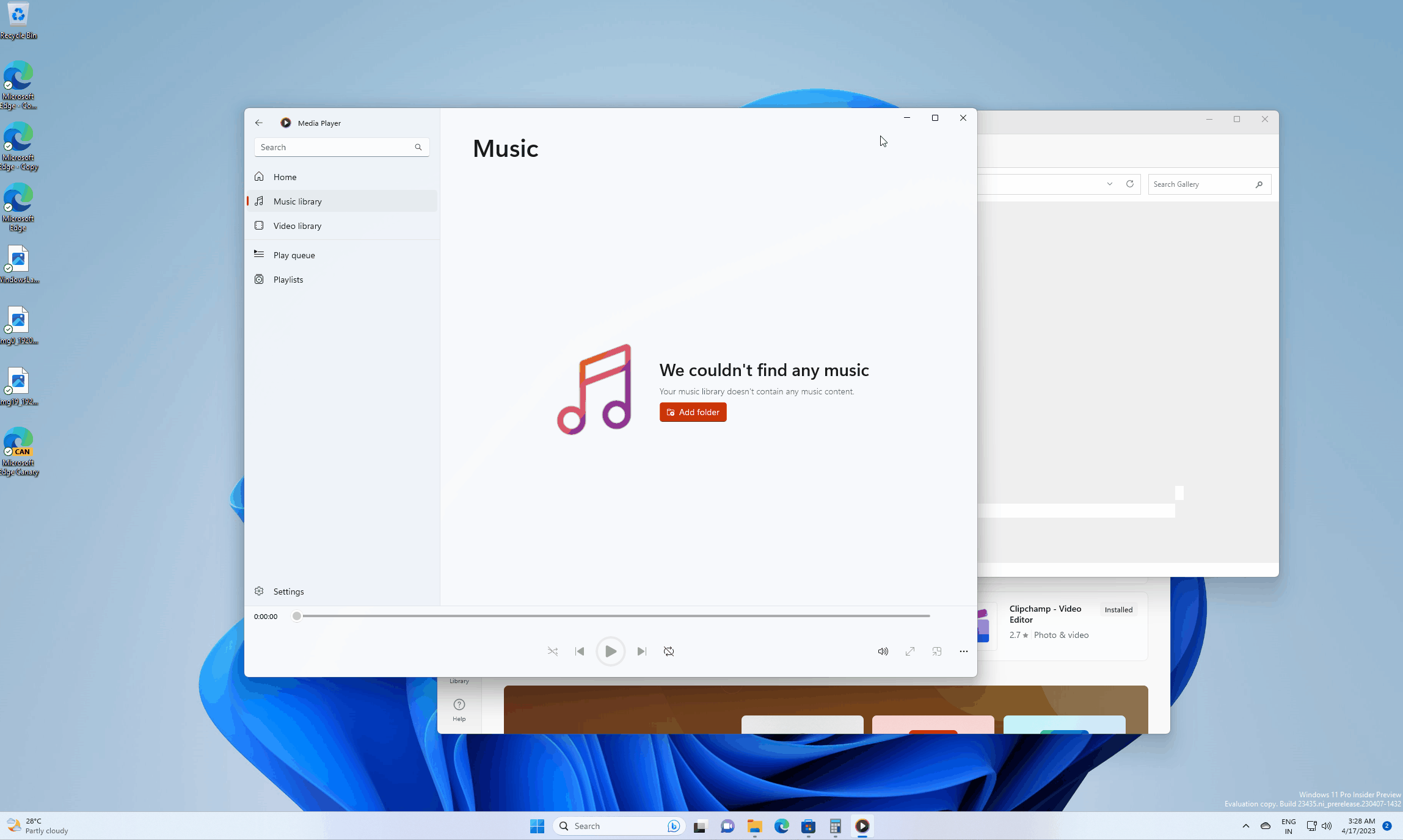
Windows 12 is believed to be part of Microsoft’s Windows Core project, which focuses on creating a modular and customizable version of Windows for various form factors. The integration of in-house ARM chips could further optimize the hardware and software experiences offered by Windows 12.
With Windows 12’s silicon-optimized version and new ARM chips, Microsoft could create a powerful, efficient, and AI-focused platform. This move could position Microsoft as a strong contender against Apple’s M chips in the rapidly evolving computing landscape.
While these plans and the related job listings suggest a significant shift in Microsoft’s strategy, it is essential to note that the company’s plans may change before the release of Windows 12 and ARM chips.



